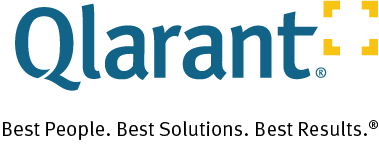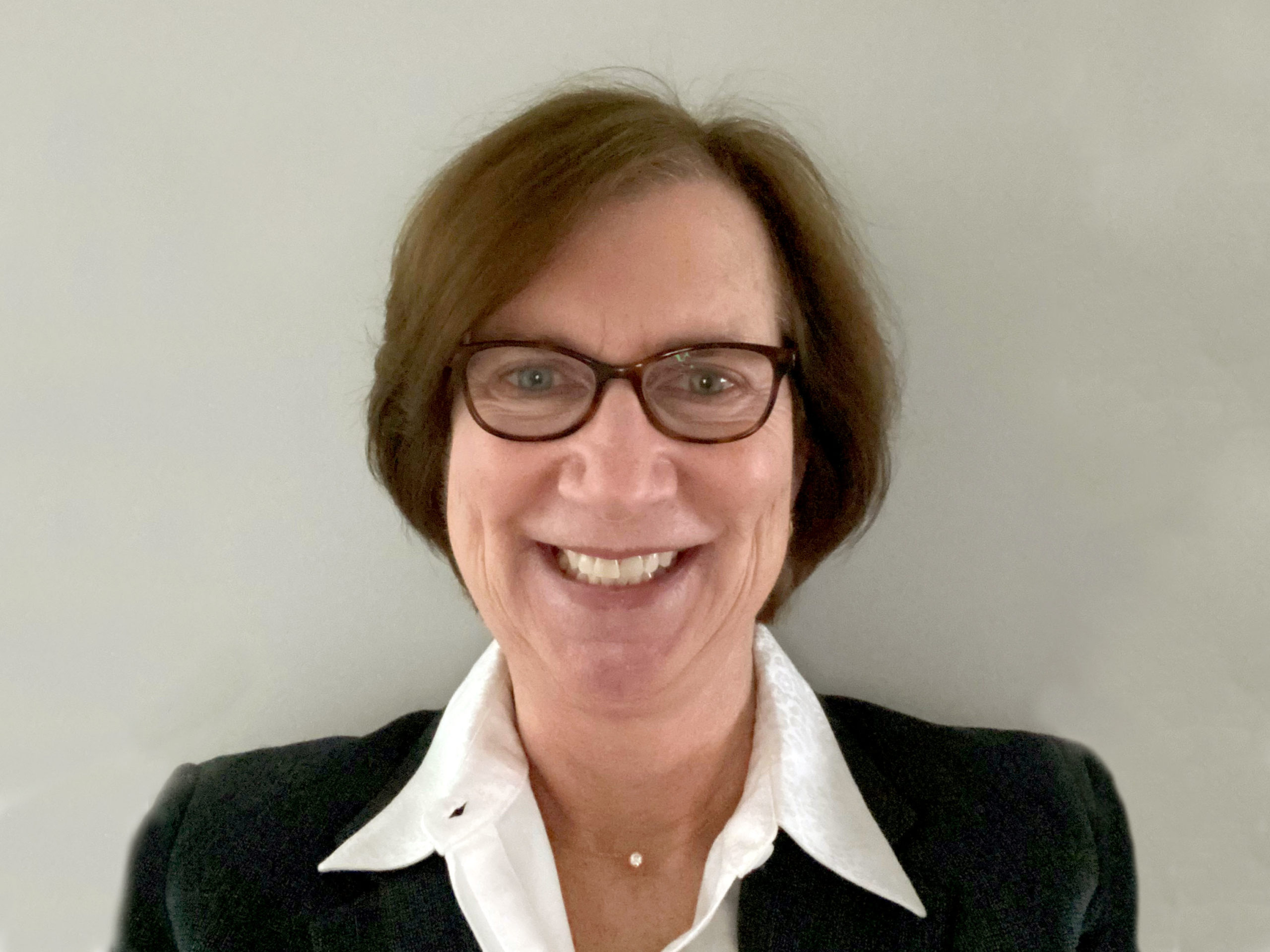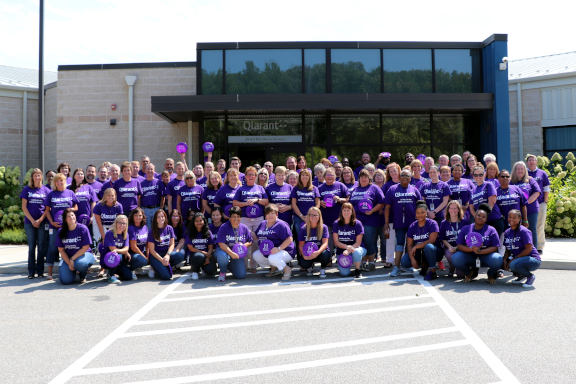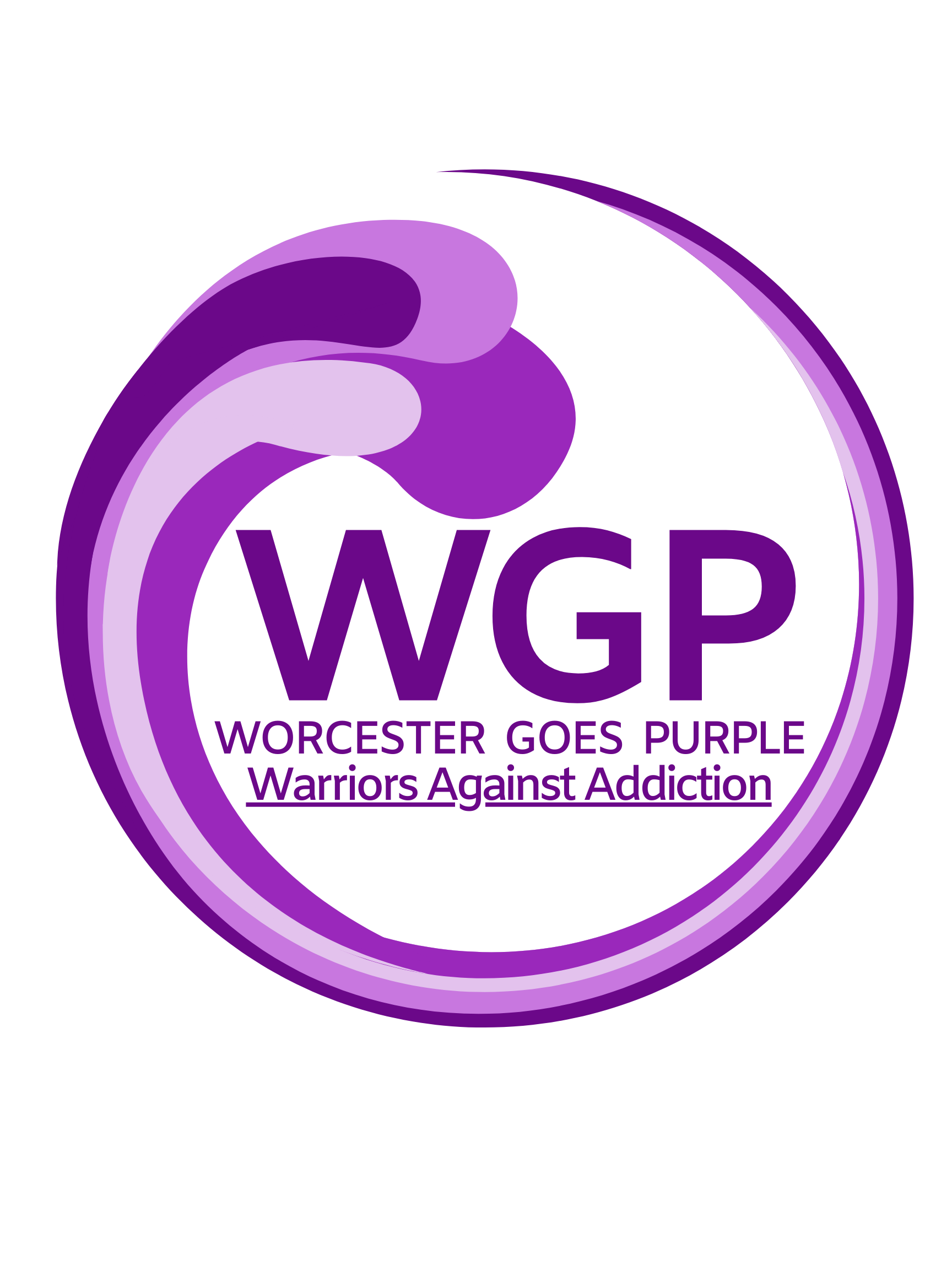How Poverty Affects Health – Recognizing National Poverty in America Awareness Month
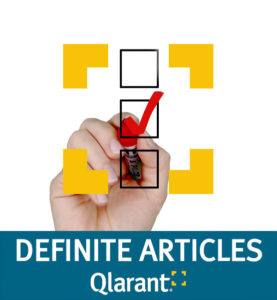
Imagine living on less than $1.90 a day. It’s difficult to fathom. According to the World Bank, that is the definition of extreme poverty, and about 690 million people live in extreme poverty worldwide, most concentrated in sub-Saharan Africa.[1]
Each country has its own definition and categories of poverty. In the United States, about 10.5%, or 34 million people, live in poverty according to 2019 U.S. Census Bureau data. That equates to an individual living on $35.28 per day, or $12,880 yearly.[2] In spite of its wealth and standing, the U.S. poverty rate is one of the highest among developed nations[3] and its healthcare system ranks last overall compared to ten high-income countries,[4] two factors that disproportionately affect racial and ethnic minorities.
Although the 2019 poverty rate of 10.5% is the lowest observed since 1959, the coronavirus pandemic increased that rate to 11.4% and decreased median household income by 2.9% in 2020. The total number of individuals with full-time employment declined by 13.7 million between 2019 and 2020, the largest year-to-year decline since 1967.[5] Individuals who were already economically disadvantaged have been hit the hardest. In fact, lowest-income households experienced a 3.4% decline in aggregate income, while highest-income households saw a 0.7% increase.[6]
A common misconception is that poverty is an economic consideration alone. In reality, it is a multidimensional issue encompassing various deprivations including poorer quality of life, lower life expectancy, higher chronic condition and disease burden, increased psychological distress, and social stigma and isolation. This multidimensionality encompasses poverty and socioeconomic status (SES), both of which have been shown to impact health outcomes. People living in poverty and those with lower socioeconomic status tend to have no or less access to consistent, high-quality healthcare. This “health insecurity” contributes to the cycle of poverty and makes it difficult to break free.
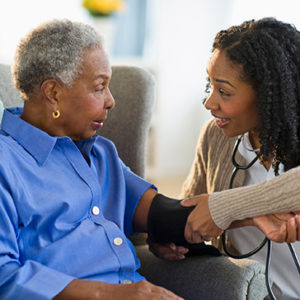
Poverty is considered one of the social determinants of health. Research has shown that social determinants of health – defined by Healthy People 2030 as “the conditions in the environments where people are born, live, learn, work, play, worship, and age that affect a wide range of health, functioning, and quality-of-life outcomes and risks”[7] – can account for 60 to 80% of health outcomes.
As we recognize National Poverty in America Awareness Month, it’s an opportunity to affirm Qlarant’s commitment to eliminating disparities and advancing health equity, building on our four decades of experience working with public and private entities to improve health care quality and health outcomes among underserved populations, including low-income and racial or ethnic minorities.
RESOURCES
- Using Z Codes: The Social Determinants of Health (SDOH) Data Journey to Better Outcomes – CMS Office of Minority Health
- Help your community learn more about how the Administration for Children and Families Low-Income Home Energy Assistance Program (LIHEAP) and Temporary Assistance for Needy Families (TANF) is helping to assist households meet important expenses like heating and food.
Resources on Food Insecurity
- Feeding America: The Nation’s largest domestic hunger-relief organization. Find local food banks, strategies to address food insecurity and ways to collaborate.
- Food access websites (national level):
Meal Assistance: Shockingly high numbers of seniors worry about feeding themselves and many go hungry.
- Food Stamps – Now Known as SNAP
- NAEHCY Nutrition Resources — The National Association for the Education of Homeless Children and Youth (NAEHCY) has compiled a short brief on the resources available to young children and teens that don’t have access to proper nutrients. This includes information on SNAP and School Breakfast or Lunch Programs.
Resources for Housing Insecurity/Homelessness
- Rental Eviction and the COVID-19 Pandemic: Averting a Looming Crisis. This report proposes a range of strategies and actions to implement over the next three years to bridge financial, social and legal assistance, expand affordable housing and improve the collection of data to support affected communities.
- HUD Rental Assistance — HUD offers some rental assistance — either through public housing or privately owned rentals — for low income individuals and families. Eligibility and rental coverage depends on your state’s local laws as well as the cost of living and number of public housing options in that area. Visit this website to find out more about what is offered and how to contact your local public housing office.
- HUD Public Housing Information — This website offers general information on what public housing is, who is eligible, how to apply, and other information that may be pertinent to your situation
- Homeless Shelter Directory — Use this resource to find homeless shelters in your local area. The interactive map will show you the shelters in each city, as well as their phone number, location, and any additional services that these shelters may offer (such as emergency services, religious counseling, addiction recovery, etc).
- Homelessness Programs and Resources by SAMHSA – The Substance Abuse and Mental Health Services Administration (SAMHSA) provide programs that increase access to disability income benefits for eligible adults who are experiencing currently or are at a high risk for homelessness. This resource further defines those programs and resources, and provides eligibility and contact information for each.
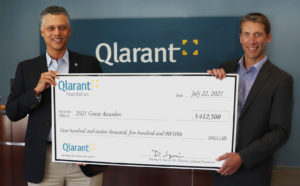
Resources for Help Paying for/Finding Healthcare & Services
- When Costs Are a Barrier to Getting Health Care: Reports From Older Adults in the U.S. and Other High Income Countries – Commonwealth Fund
- Benefitscheckup.org is a service developed and maintained by the National Council on Aging to that matches benefits programs to seniors with limited income and resources.
- Eldercare Locator is a public service of the U.S. Administration on Aging that helps you find local agencies in every U.S. community to help older persons access home and community based services like transportation, meals, home care, and caregiver support services.
Help with Medical Expenses
Perhaps the biggest financial struggle for many seniors is paying for health care costs. According to analysis, average out-of-pocket health care spending by Medicare beneficiaries is sizable and increases with age.
- Medicaid Eligibility — Use this link to check your eligibility for this essential service, and check with your local state Medicaid office to ensure you qualify within your region as some states have different requirements for eligibility.
- Doctors that Accept Medicare and Medicaid — If you already have Medicaid or Medicare, or you find that you qualify for either service, then use this link to determine which physicians in your area accept Medicare or Medicaid.
Social Security, Tax Relief, Legal Help
- Supplemental Security Income (SSI): Supplemental Security Income is a Federal income supplement program funded by general tax revenues (not Social Security taxes). It is designed to help aged as well as disabled people who have little or no income. The program provides cash to help meet basic needs for food, clothing and shelter.
- Tax Relief: Many states offer tax assistance – especially property tax – to seniors. Contact your state and local tax boards for information on programs in your area.
- Legal Help: The Senior Legal Hotline provides legal services to seniors with limited resources.
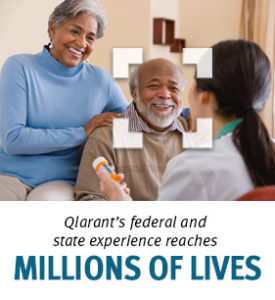 Seniors and Poverty
Seniors and Poverty
- Best Jobs After Retirement: Full-Time and Part-Time Jobs for Seniors — For many seniors, working after retirement is essential if you have limited or no retirement savings. Here are some of the best jobs for seniors and why. Additionally, read this resource for more information: Working After Retirement: Pros, Cons, and Financial Considerations.
- Long Term Care for Seniors and People With Disabilities — This guide helps breaks down the benefits and cost of seeking out long-term care for seniors and those who need assistance around the clock. Additionally, it lists healthcare coverage options and information on Medicare and long term care facilities.
- How Does Social Security Work?: Benefits, Retirement Age, and More — This resource further defines the purpose and use of government-provided social security benefits, and explains why you shouldn’t always count on social security as a source of income.
- National Council on Aging (NCOA) Economic Security Fact Sheet — This resource helps explain some of the biggest concerns facing aging Americans, including healthcare, social security income, and housing costs. NCOA plays a crucial role in helping those in need by creating programs and products designed to help those over 65 adapt despite economic insecurity.
- Helpful Resources for Seniors Surviving on Social Security — This resource provides additional information on how seniors can save money and spend wisely when living on social security. Additionally, they detail what some “extra help” programs entail and others ways to lower expenses.
- Resources for Senior Citizens and Their Families — This comprehensive resource provided by the Library of Congress (LOC) details a host of organizations, online tools, and articles from government, academic, non-profit, and commercial sources that are aimed at helping at-risk seniors.
- Justice in Aging: Senior Poverty — This resource provides reports and slides on senior poverty, as well as some information on how you can help those in need.
- AARP: Your Guide to Public Benefits — The American Association of Retired Persons (AARP) has created this resource that details federal and state financial assistance for seniors.
